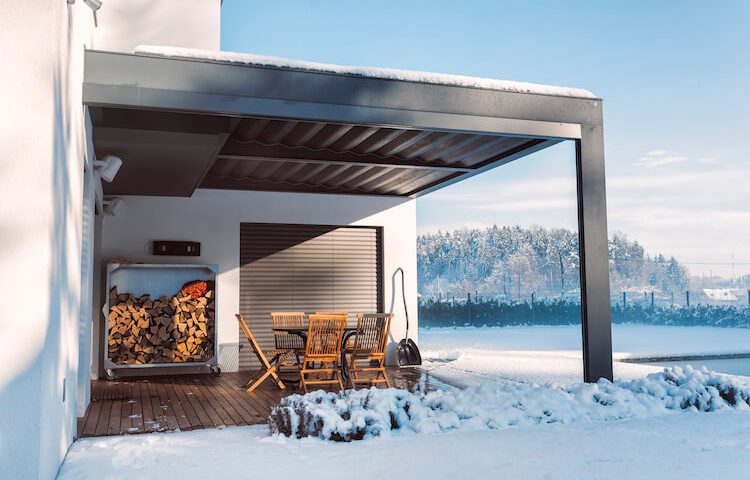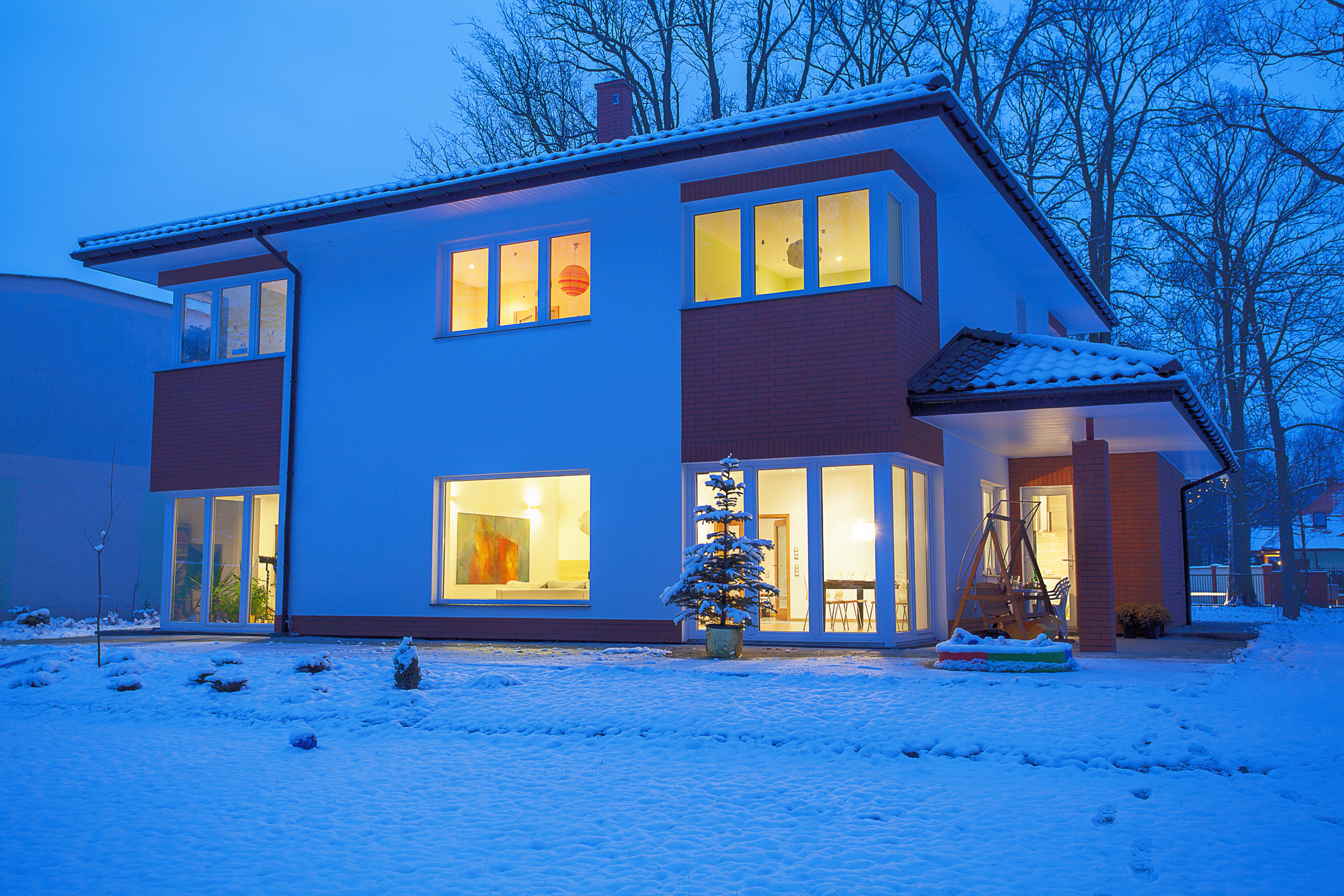Too Much Snow On Flat Roof

That means 12 inches of snow on a flat roof creates an additional r 12 of insulation that arrives at a time of year when you most need it.
Too much snow on flat roof. While not frequent per se the low slope of a flat roof does make it more prone to certain problems particularly when it interacts with the elements. Combined with the snow catching ability low and flat roofs are able to blend in with their natural surroundings quite seamlessly. So a risky roof is flat or slightly. They can be extremely low.
When you ve got a flat roof it s important to clear off snow after a storm. As snow falls it can accumulate on your flat roof putting unnecessary weight on the structure. Ten inches of fresh snow equates to about five pounds per square foot which means your roof likely can support four feet of fresh snow. When it doesn t slide off it can get blown away by the wind.
But they also come with a reputation for leaks cracks and collapse. That means 12 inches of snow on a flat roof creates an additional r 12 of insulation that arrives at a time of year when you most need it. The snow settles on it evenly rather than being blown into large drifts which can cause a roof to fail. This image depicts another benefit of flat roofs.
This image depicts another benefit of flat roofs. Another is that they cannot handle as much snow weight as pitched roofs because the snow sits directly on the roof. Generally speaking steep and smooth roofs shed snow more easily than flat or only slightly pitched roofs. A 10 12 or 12 12 pitch roof handles more snow than a flat roof.
Snow tends to slide right off of a pitched roof. Flat roofs known for being stylish modern and efficient hit a lot of items on your home bucket list. Excessive rain heavy snow and built up ice all pose extra challenges for flat roofed homes. It also helps if the roof is in a sheltered area.
Choose a strong durable set of shingles like asphalt or slate. This down bearing pressure can cause the roof to bow and result in ponding under the roof structure. They can be extremely low. Neither of these are accurate.
In addition steeper roofs don t often collect as much snow in the first place. The r value or resistance to heat flow for snow is about r 1 per inch. One of them is that flat roofs leak more easily than pitched ones. So how do you know when it s time to clear the snow off your roof.
Since snow falls at slow steady speeds large quantities of snow can fall on the roof resulting in bowing. Two feet or more of old. Generally the steeper your roof angle the more snow it can hold e g. Too much snow can lead to a lot of issues like ice dams water leaking into your home and even a full or partial collapse of your roof.
Packed snow however weighs more.
















































